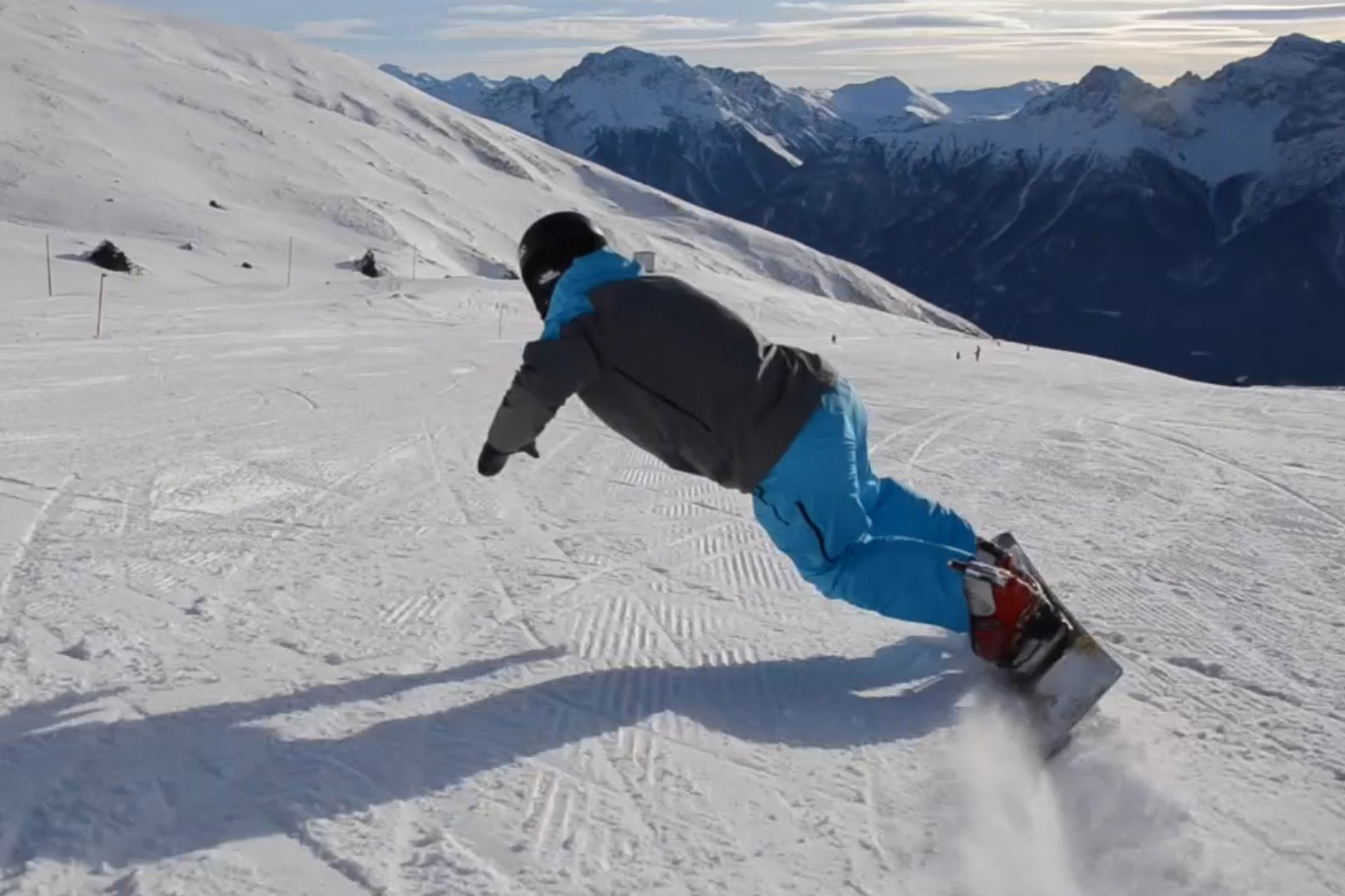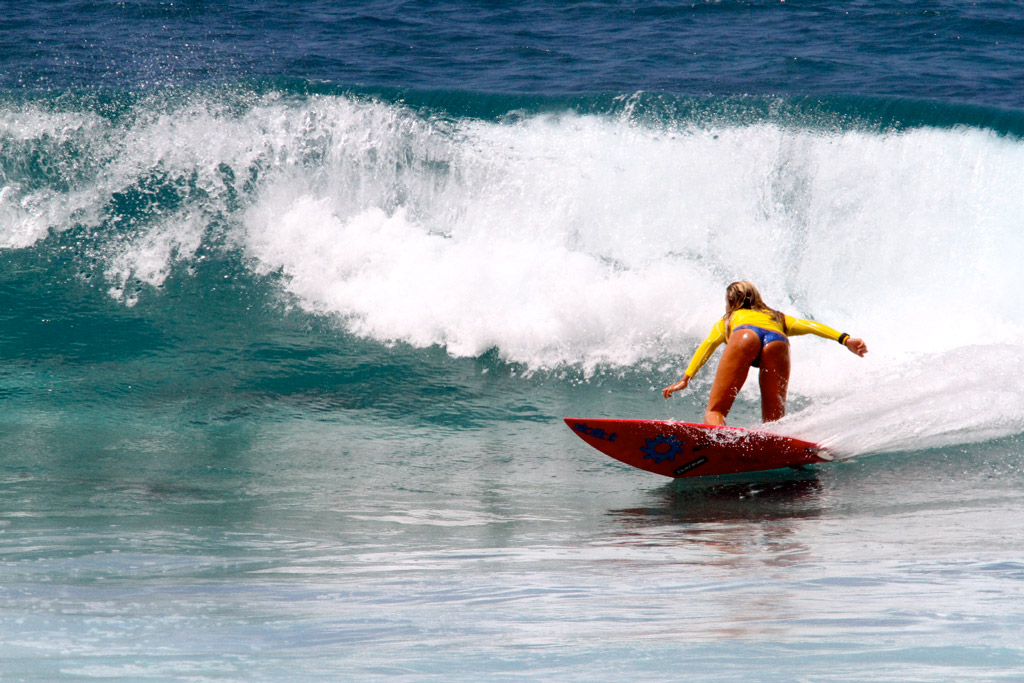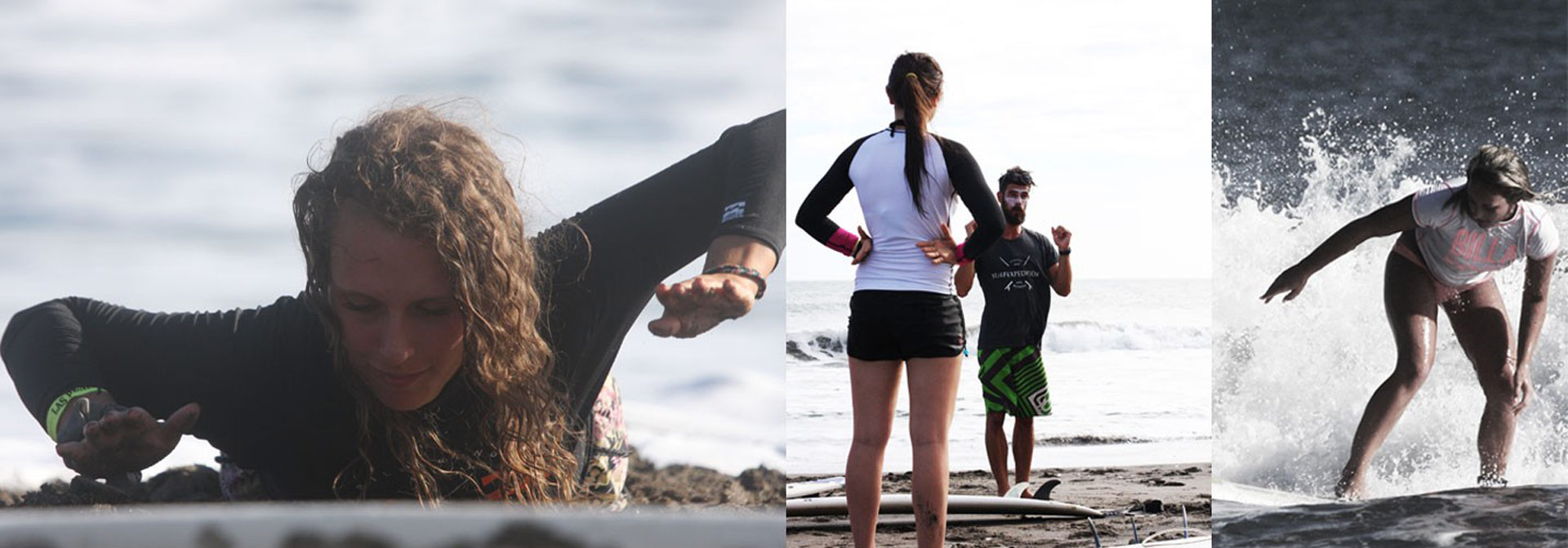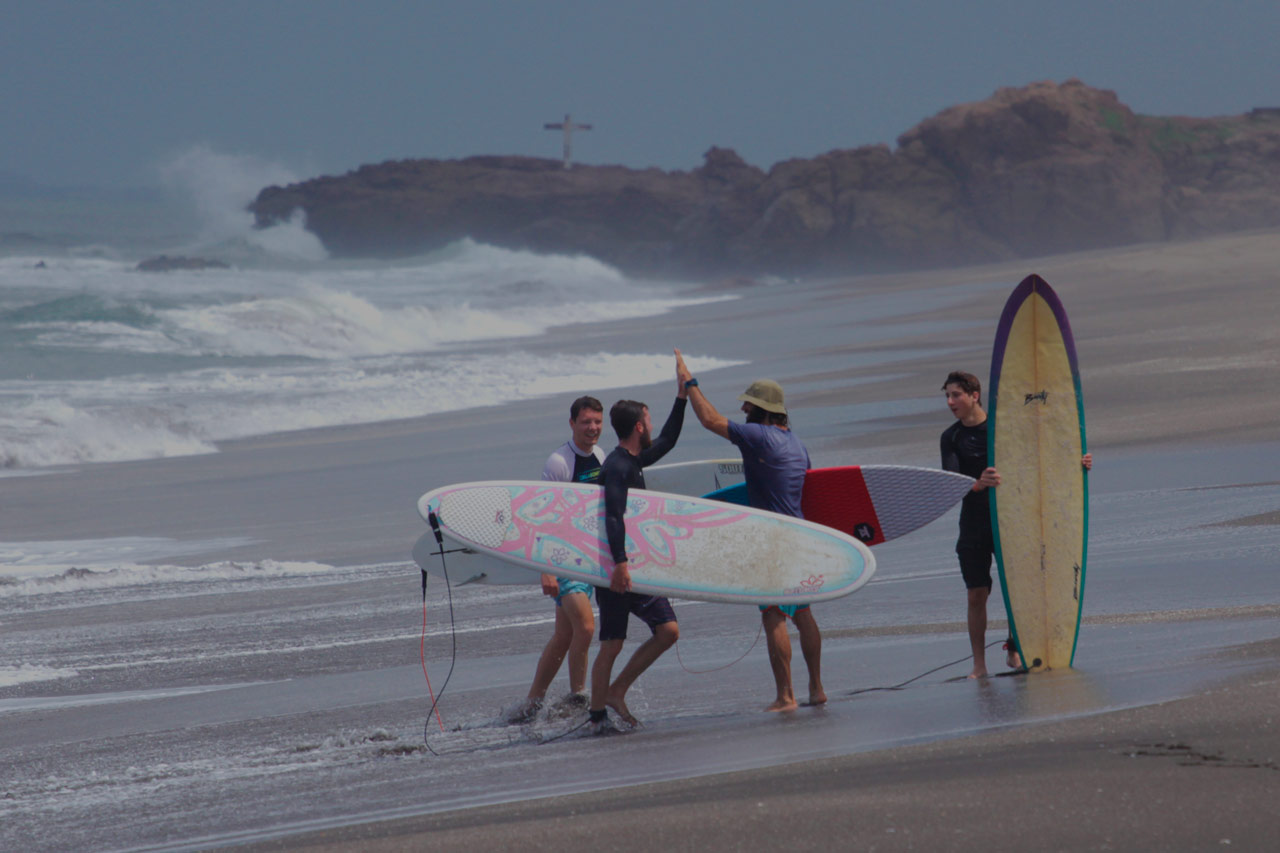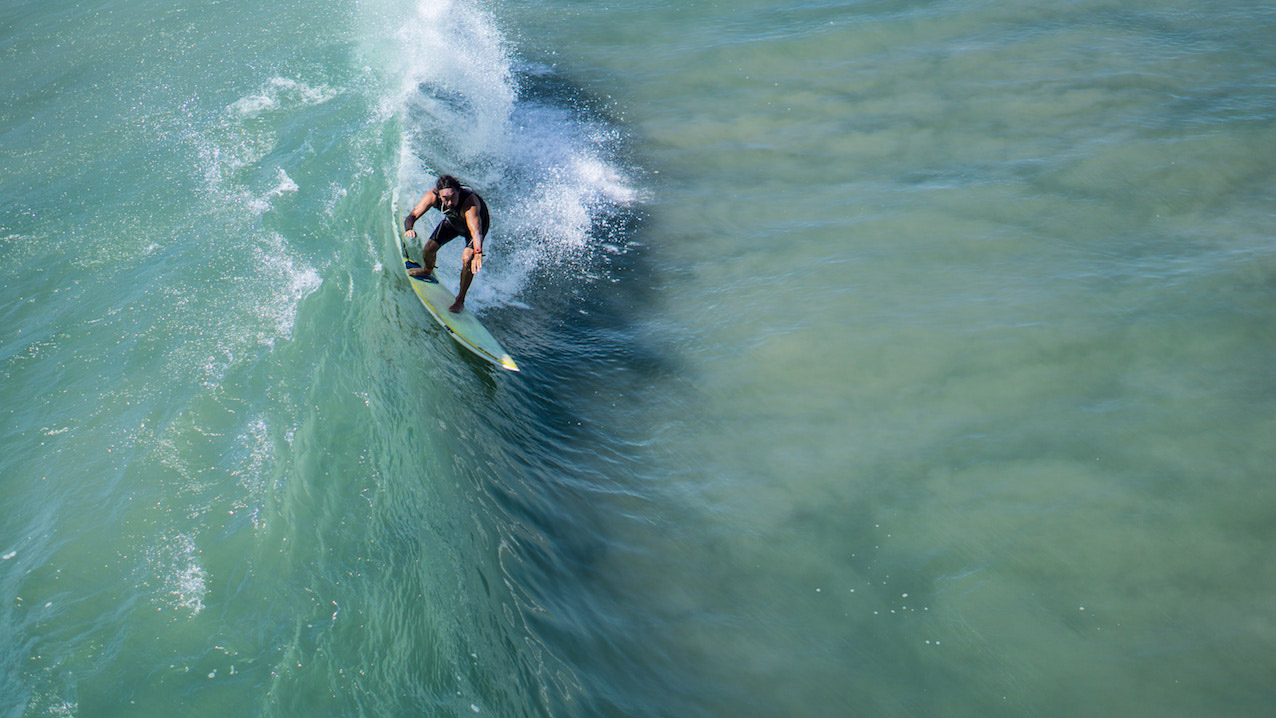
07 Dec Learn to surf tips & tricks : Surfing a 3 dimensional sport?
Learn to surf tips & tricks // Surfing, a 3 dimensional sport?
So you’ve been snowboarding for many years and you’re sure it will help to learn to surf . Well… it will help a little, but to be honest, there might be some bad habits that you’ll need to change from your snowboarding stance to improve your surfing when you are just starting to learn to surf. To get more into details, let’s compare surfing to skiing and snowboarding:
1- The ocean. Mountains are fixed. The ocean is always changing and requires constant adaptation. It takes time and knowledge to be able to understand it and to know where to position in order to catch a wave. An experienced surf coach can help you identify the currents, the best practice area, the impact zone, the line up, and how to anticipate the waves in order to be ready and well-positioned. If this is your first time and you want to learn to surf the fastest way possible, our trips to Nicaragua will be perfect for you to practice your take offs & gain knowledge of the ocean.
2- The board. On skis or on a snowboard your equipment is attached to you. Yes, they do require to be moved around but in surfing the board is completely free under your feet. It makes surfing a much more challenging experience. It is from your upper body that the rotation of your board will be initiated. Your standing position must be perfect to succeed in steering without losing your balance. The difference between surfing and snowboarding is that in you want to have the hips at least 45 degrees and the shoulders perpendicular to the board to be able to transfer your weight from the back to the front. In snowboarding your shoulders must remain parallel to your board when going down the slope. With surfing the pivot point is at the back of the board where the fins are. You gain speed by leaning forward and slow down by leaning back.
3- Your body. On this point, the two compares. The power of the ocean and gravity puts your body in motion just like when coming down the hill. Once you are able to get up on the board, keep your balance and take a direction, you have to use the weight of your body to generate power in order to get up and down the wave. We use this technique both in snowboarding and surfing called “flexion-extension”. This is mainly what you will be practiced on the long point breaks of our Costa Rica expedition.
Learning surfing may be one of the most challenging sports to learn because of these factors. Surfing is also about going places & being in the natural environment. It’s the people we meet and the things we learn along the way. In order to progress it takes time, patience a lot of determination but the feeling of success is incomparable to any other sports.
Taking surf lessons and surfing with experienced surfers will accelerate your progress. You will maximize your time in the water and the chances of having a positive experience. It’s for all these reasons that we offer a personalized teaching approach of 3 students per coach in the water. Check out our 2 destinations: the sand-bottomed waves of Nicaragua and the long waves of Costa Rica’s point breaks.
Let us know how we can help your progression!!
And if you would like to get more tricks & tips, make sure you sign up to our newsletter in the bottom right corner ->


